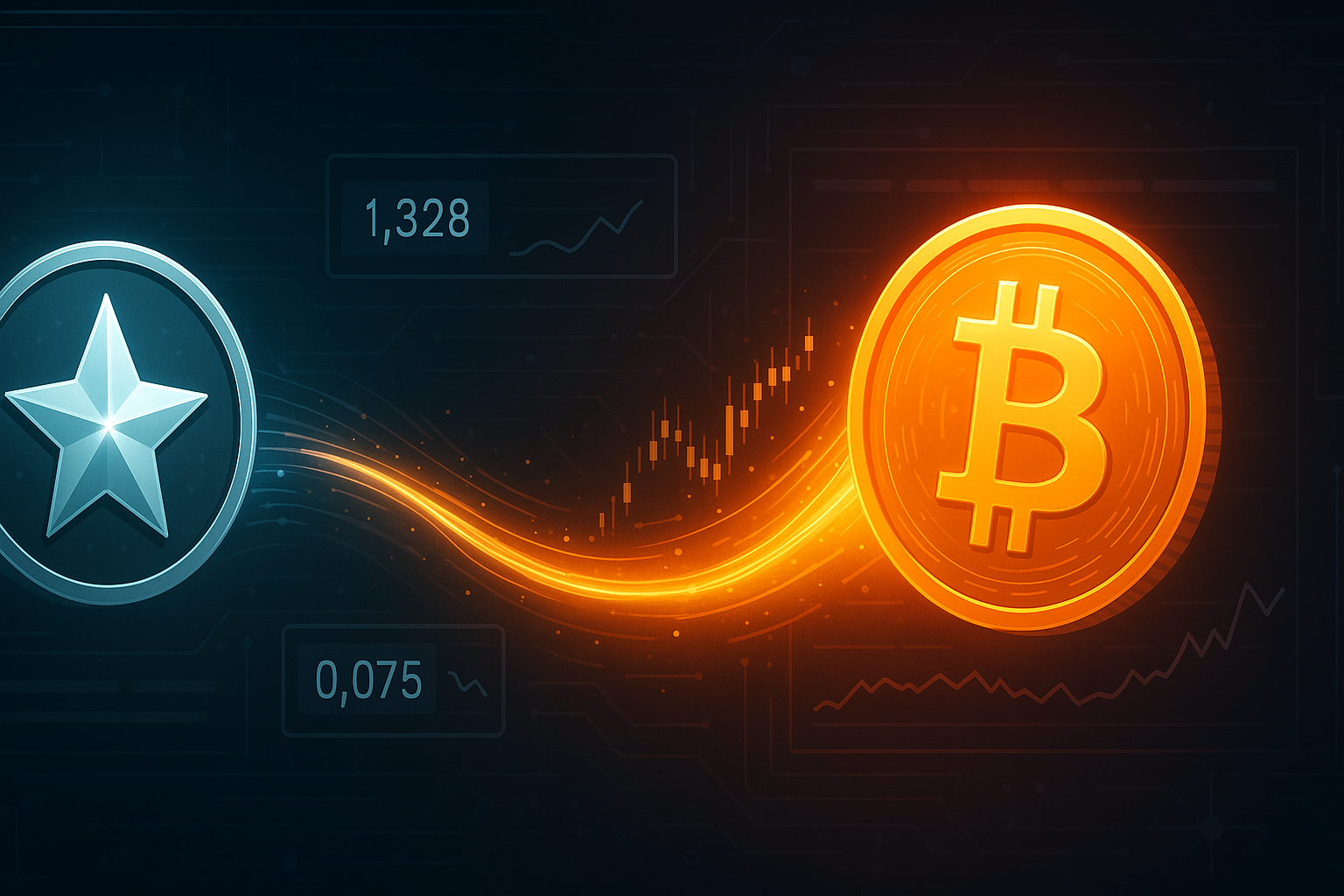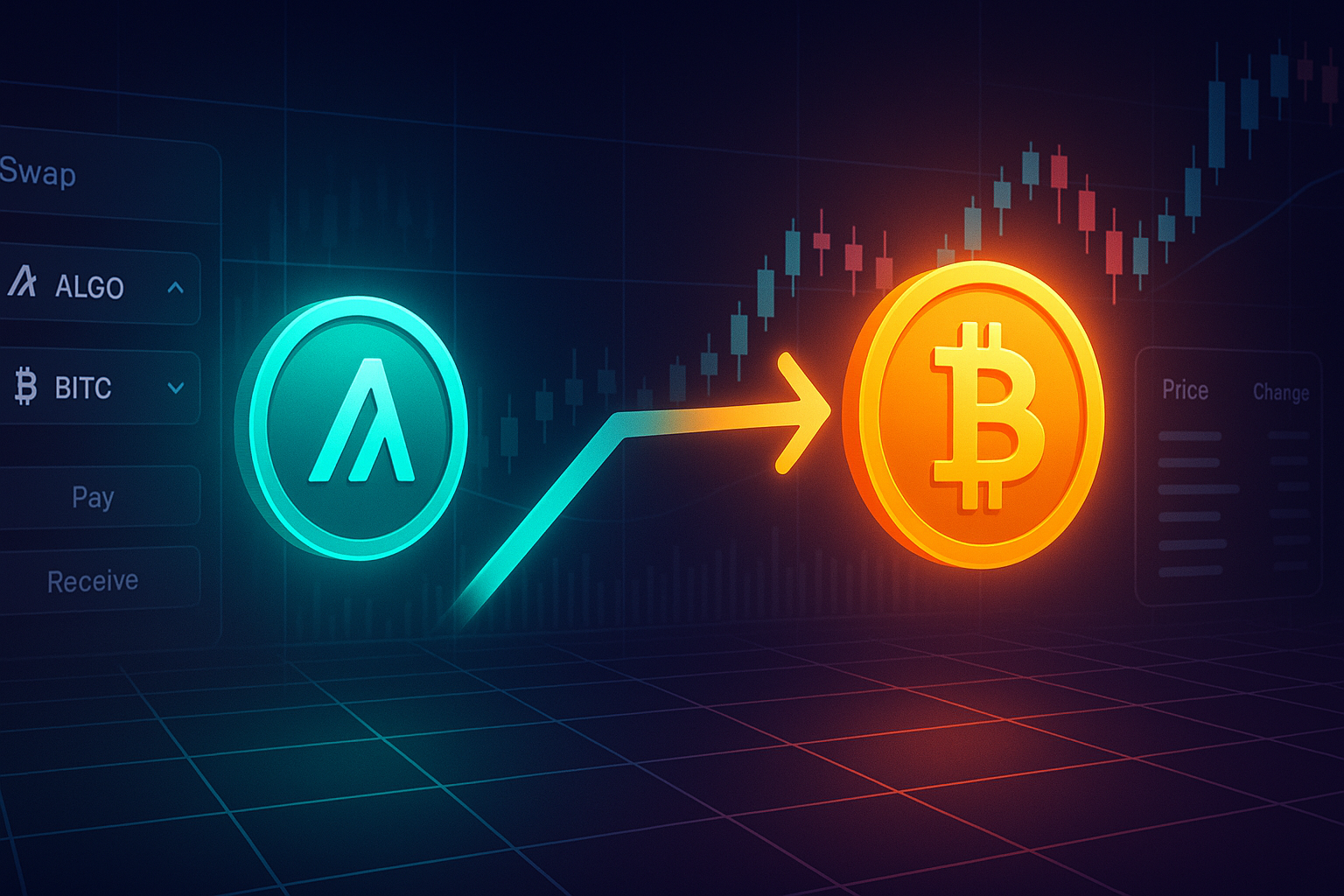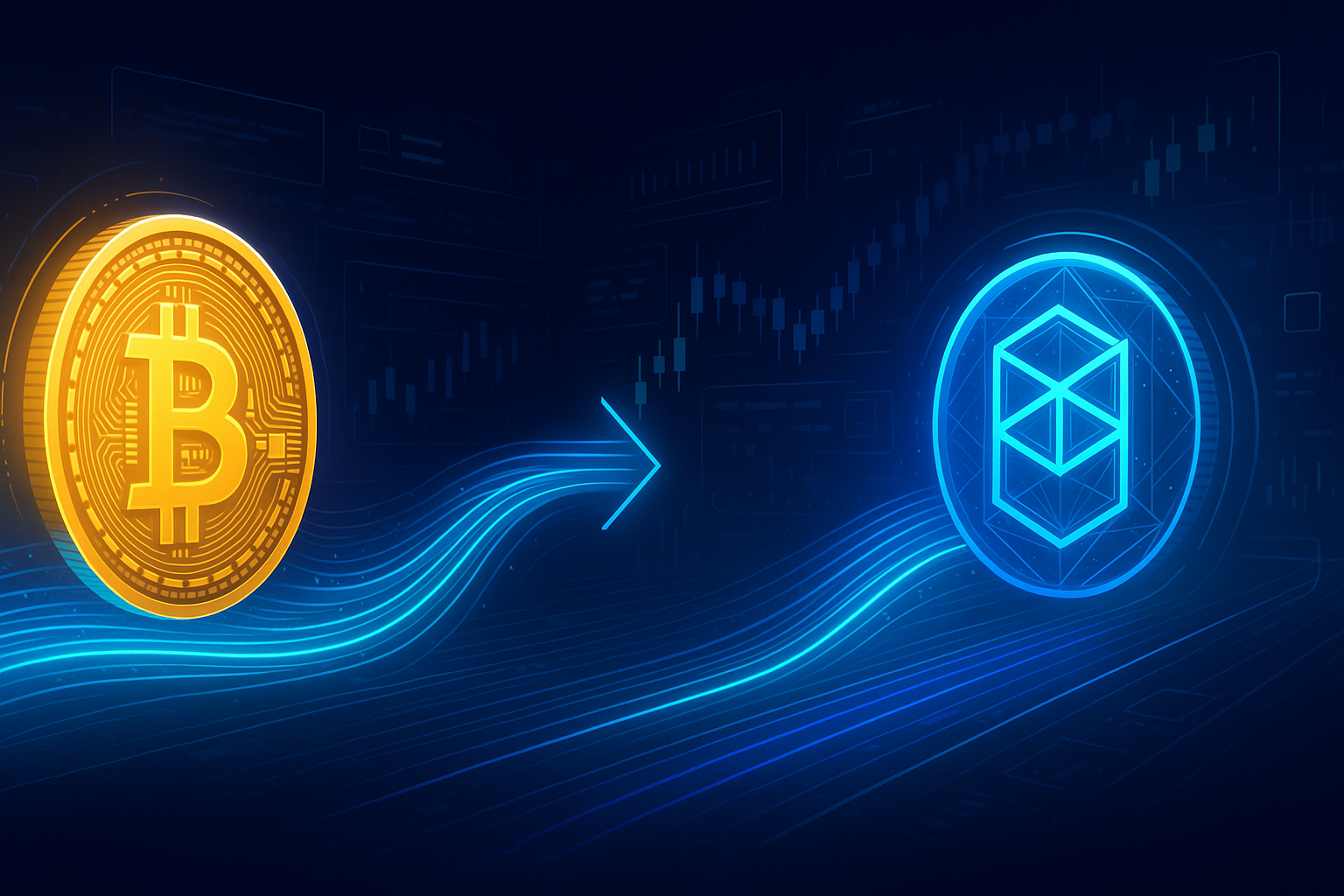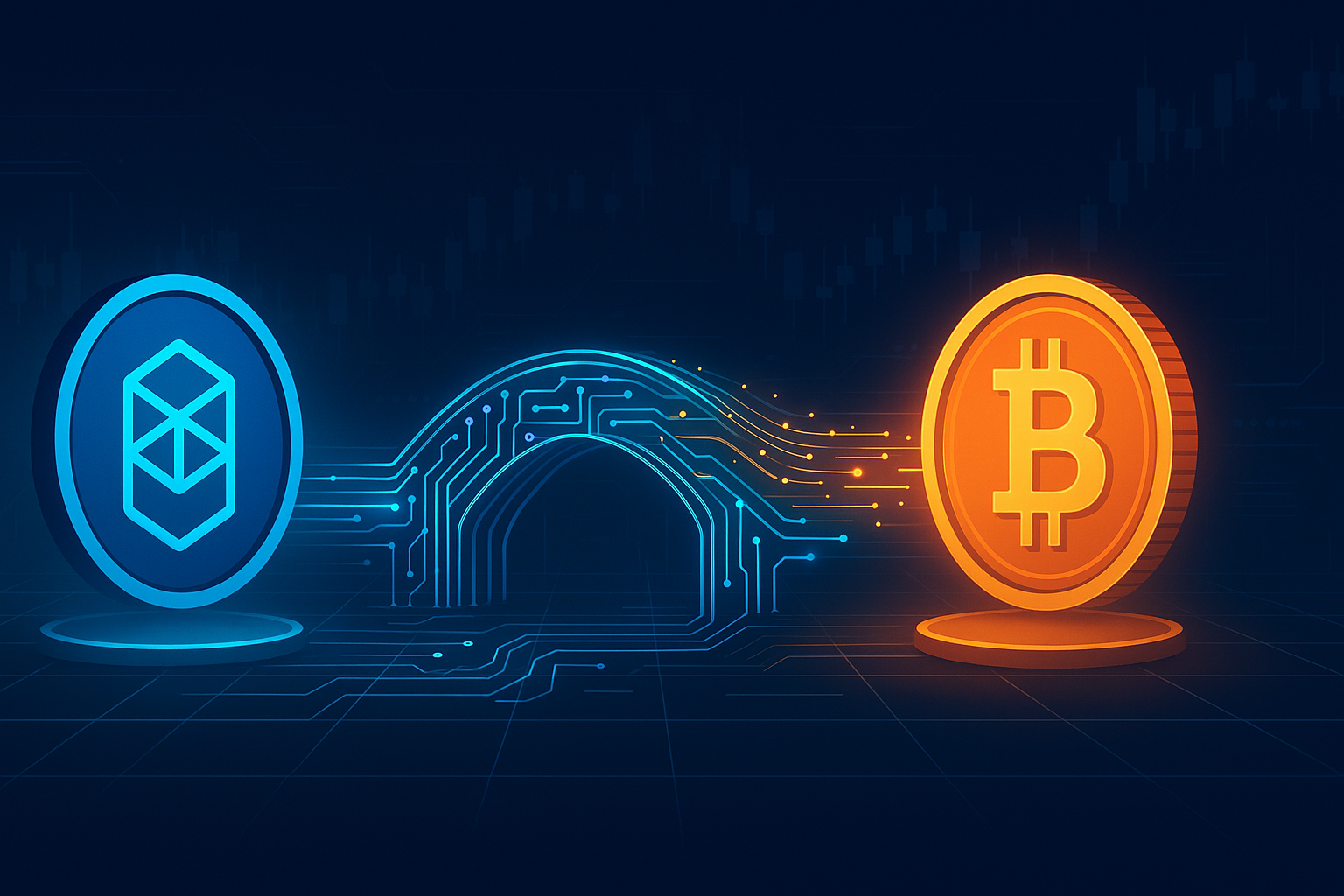~3,100 words • Updated May 2025
Contents
1. Why This Debate Matters in 2025
2. KYC on Centralized Exchanges—How We Got Here
3. Anonymous Swaps: What They Are & How They Work
4. Global Regulatory Scoreboard (US, EU, Asia, FATF)
5. Hacks & Data Leaks: The Real-World Cost of KYC
6. Legality: Is Using a No-KYC Swap Allowed?
7. Risk Matrix: Custody, Compliance, Privacy, UX
8. Platforms to Watch: GhostSwap & SwapRocket
9. Best-Practice Playbook for 2025 Traders
10. FAQs
11. Key Takeaways & Action Steps
1 | Why This Debate Matters in 2025
One side claims rigorous KYC neutralizes fraud and money-laundering. The other side insists privacy is a human right, and that KYC databases only create honeypots for criminals.
After half a decade of high-profile hacks, sanctions, and billion-dollar ransomware headlines, the stakes have never been higher. Whether you’re a retail trader, DAO treasurer, or compliance officer, understanding the legal, technical, and financial trade-offs between anonymous swaps and KYC’d exchanges is now mission-critical.
2 | KYC on Centralized Exchanges—How We Got Here
| Year | Flashpoint | Result |
|---|---|---|
| 2019 | FATF updates Recommendation 15, extending AML rules to “virtual-asset service providers” (VASPs). | Exchanges scramble to add ID verification. [FATF] |
| 2021 | EU announces MiCA framework; drafts impose full KYC on all crypto-asset service providers. | Industry begins lobbying for exemptions. [iDenfy] |
| 2023 | Tornado Cash devs arrested; mixer sanctioned. | Privacy tools labeled “high-risk.” |
| 2024 | FATF’s 5th progress report shows <32 % of jurisdictions fully compliant with Travel Rule. | Fragmented enforcement landscape. [FATF] |
| 2025 | US Executive Order creates inter-agency task force to streamline crypto regulation; talk of nationwide stable-coin bill. | KYC remains default for custodial platforms. [Money Laundering Watch] |
Put simply, KYC requirements are tightening—but enforcement is patchy, and many regulators now differentiate between custodial and non-custodial services.
3 | Anonymous Swaps: What They Are & How They Work
A no-KYC swap aggregator such as GhostSwap or SwapRocket routes your trade across multiple liquidity sources without ever creating an account or holding your keys. Typical flow:
- Choose pair (e.g., USDT → XMR).
- Aggregator fetches best route.
- You send the source asset to a transient contract/wallet.
- Atomic or HTLC swap executes.
- Destination asset lands in your wallet; transient addresses self-destruct.
Because the service never touches fiat and never controls customer funds, most jurisdictions do not treat these routers as VASPs—meaning they can legally remain KYC-free in many regions.
For step-by-step tutorials, see:
4 | Global Regulatory Scoreboard (May 2025)
| Region | Stance on Non-Custodial, No-KYC Swaps | Notes |
|---|---|---|
| United States | Generally permitted; FinCEN focuses on custodians. | Congress debating “Market Structure” bill; White House signals friendlier approach. [Axios] |
| European Union | MiCA enforces KYC on CASPs (custodial). Non-custodial routers currently exempt. | Some member states eye stricter local rules. [iDenfy] |
| UK | FCA guidance targets custody and on-ramps; routers in gray zone. | Post-Brexit reforms expected Q4 2025. |
| Asia (Singapore, HK) | Licensing focuses on custody; non-custodial swap UIs remain accessible. | |
| India | Exchanges lobbying for lighter taxes and flexible KYC; debate ongoing. [Financial Times] | |
| FATF | Urges Travel-Rule compliance but admits enforcement gap. | Only 21/130 jurisdictions fully aligned. [FATF] |
Trendline
Regulators increasingly target custodial choke points (fiat on-ramps, hosted wallets). Pure routers like GhostSwap continue to fly under the VASP radar—though staying current on local law is essential.
5 | Hacks & Data Leaks: The Real-World Cost of KYC
When you upload a passport selfie, where does it go? Too often, into a breach headline:
| Incident | Year | Data Exposed | Impact |
|---|---|---|---|
| Coinbase insider leak | 2025 | Support agents stole customer IDs & contact data. | Potential $180–$400 M hit. [Coinbase, [Reuters |
| FTX collapse | 2022 | KYC files auctioned on dark web. | Identity theft surge. |
| Ledger hack | 2020 | 1 M+ email & address records. | Physical-threat doxing. |
Anonymous swap users avoid this entire attack surface. No ID upload → no user PII to steal.
6 | Legality: Is Using a No-KYC Swap Allowed?
Short answer: In most jurisdictions, yes.
Using privacy tech is not illicit; laundering ill-gotten funds is.
Legal risk hinges on intent and custody:
- Custody — Aggregators that never hold client funds are usually not “money transmitters.”
- Intent — If funds stem from criminal proceeds, users can still face AML prosecution.
Tip: Keep clean documentation of fiat on-ramps (bank statements, payroll). If ever audited, you can prove lawful origin—even if you used GhostSwap mid-route.
For deeper legal analysis, see Cointelegraph’s explainer on non-KYC exchange risks [Cointelegraph].
7 | Risk Matrix 2025
| Dimension | CEX with KYC | Anonymous Swap |
|---|---|---|
| Privacy | Low — ID + blockchain trace | High — no ID, split path |
| Custodial risk | Exchange holds keys (hot wallet hacks) | None |
| Regulatory clarity | Clear, but onerous | Gray, but improving |
| Data-breach exposure | High | Near-zero |
| Off-ramp friction | Simple (fiat pairs) | Need separate off-ramp |
| Fees | 0.1–0.5 % + withdrawal | ≈0.3 % all-in |
| Speed | Minutes → days (withdrawal holds) | 5–12 min |
8 | Platforms to Watch
GhostSwap
- 1,500+ assets, 20 chains, no accounts.
- Smart-order routing cuts slippage; fees 0.25 % on majors.
- Dedicated privacy hub: No-KYC Exchange Guide
SwapRocket
- Similar no-KYC flow, slight edge on some alt-pairs.
- Transparent fee-breakdown screen.
Decision rule: Check both quotes; pick best net amount. Either beats doxxing yourself to a CEX.
9 | Best-Practice Playbook for 2025 Traders
- Rotate source wallets. New deposit address → swap → discard.
- Favor low-fee rails. TRC-20 USDT, LTC, or DOGE as inputs.
- Batch in odd sizes. 0.327 BTC looks less suspicious than 1 BTC.
- Post-swap hygiene. Use Monero’s
sweep_singleor mix Lightning change. - Off-ramp carefully. Peer-to-peer vouchers or privacy-positive ATMs, not personal bank accounts.
- Stay informed. Subscribe to GhostSwap’s Regulation Watch feed for quarterly updates.
10 | Frequently Asked Questions
Q: Could regulators outlaw anonymous swaps altogether?
A: Unlikely in the short term. Banning non-custodial code risks First-Amendment and EU fundamental-right challenges. Expect pressure on gateways, not outright prohibition.
Q: Do I owe taxes on gains if I use a no-KYC swap?
A: Yes. Tax liability arises from capital appreciation, not KYC status. Keep private ledgers or run self-hosted accounting like KOINLY open-source.
Q: What if GhostSwap or SwapRocket goes offline mid-swap?
A: HTLC/atomic design ensures either (a) you get destination coins, or (b) your source coins auto-refund after timeout.
11 | Key Takeaways & Next Steps
- KYC rules are tightening for custodians, not code. Non-custodial swap routers remain legal in most regions—and exempt from data-collection mandates.
- CEXs expose users to ID leaks and withdrawal censorship. 2024–25 hacks prove the danger is real.
- Anonymous swaps offer equal or better privacy with lower legal risk than legacy mixers, and dramatically lower personal-data risk than KYC’d exchanges.
- Compare rates, practice wallet hygiene, and document lawful fund origins to stay both private and compliant.
Ready to trade privately?
➡️ Start an anonymous swap on GhostSwap
➡️ Compare a quote on SwapRocket
Stay sovereign. Stay safe. Welcome to the post-KYC era of crypto.





